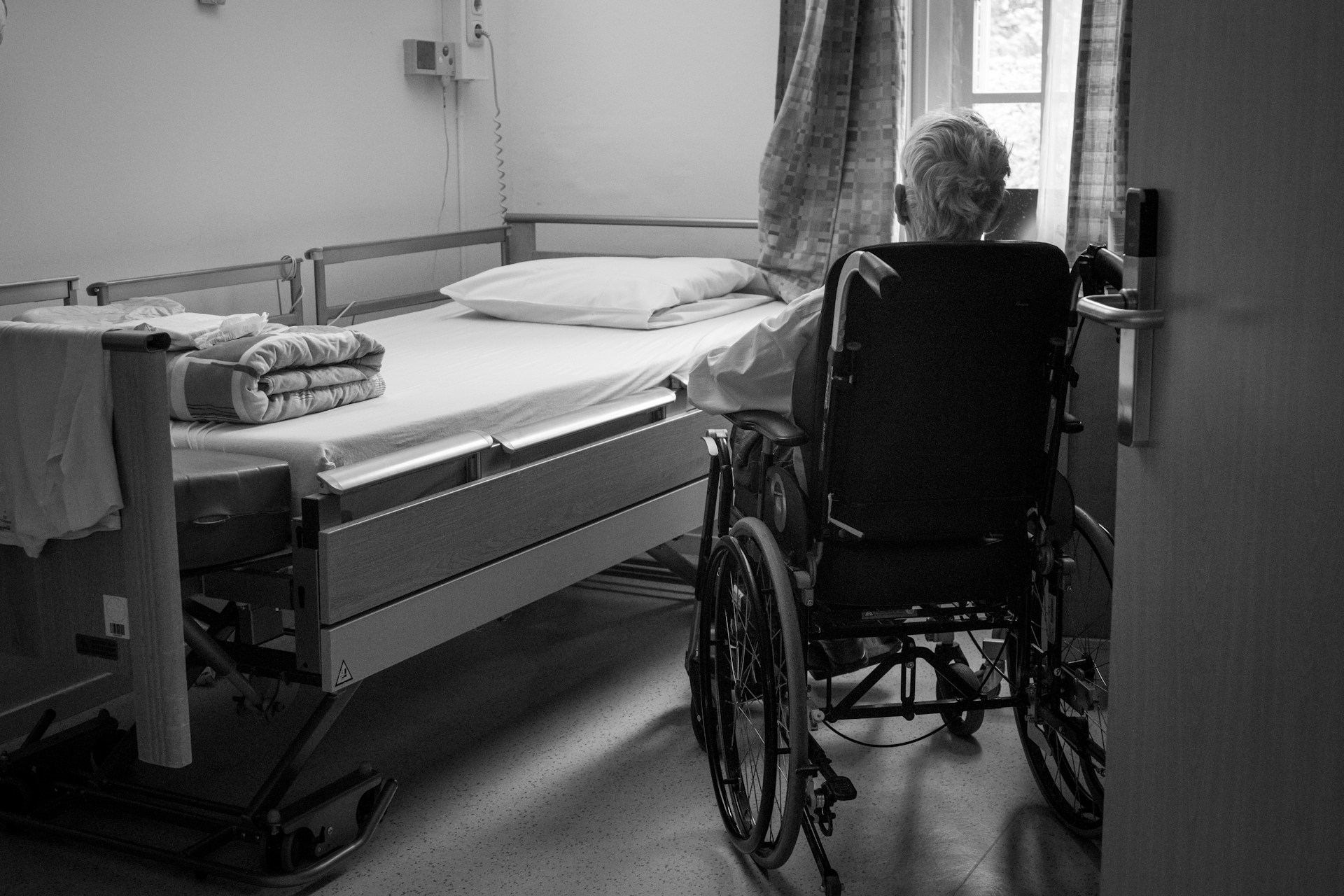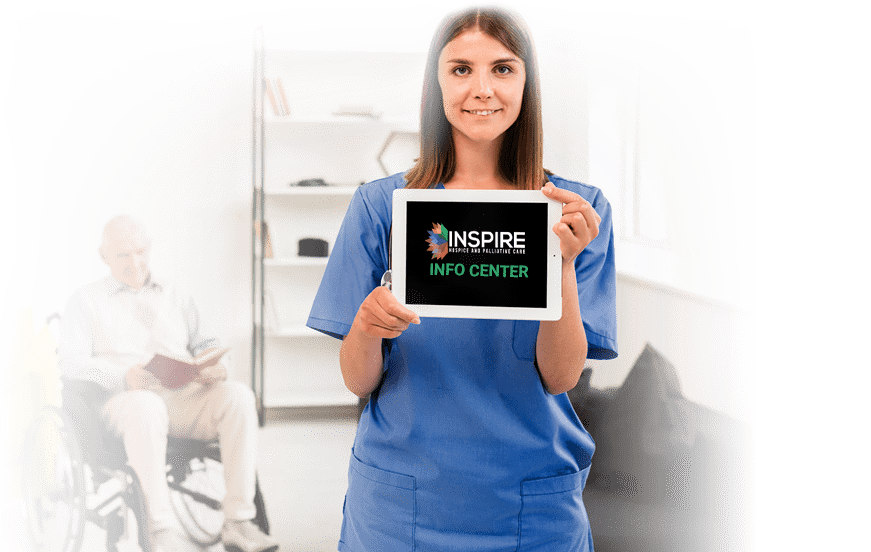How To Handle Medical Equipment In Home Hospice

June 30, 2025
Hospice home services play a critical role in ensuring that individuals receive compassionate care during the final stages of life. When a loved one is at home under hospice care, it’s crucial to understand the proper handling of medical equipment to provide comfort and safety. This task might seem daunting, but being informed can make the process smoother and more reassuring for everyone involved. Proper equipment management is not just a task; it’s a pathway to offering dignity and ease to those under your care.
Handling medical equipment in a hospice setting requires attention and care to ensure it contributes positively to the patient’s experience. It involves understanding the functional aspects as well as maintaining safety and hygiene. As more families consider hospice home services, knowing how to effectively manage medical essentials becomes increasingly vital. Let’s delve into the types of equipment commonly encountered and how they contribute to a peaceful home-care environment.
Understanding the Basics of Medical Equipment in Hospice Care
In hospice home services, several types of medical equipment can become part of daily life. These tools are essential in maintaining comfort and ensuring that patients receive the care they need without frequent hospital visits. Understanding what each piece of equipment does can help caregivers provide better support and peace of mind.
1. Oxygen Machines: These devices assist patients who need help with breathing. Oxygen machines deliver the required oxygen levels, making it easier for patients to breathe comfortably. They are vital for those with respiratory issues, reducing strain on the body and helping maintain energy levels.
2. Hospital Beds: Adjustable beds offer both comfort and practicality. They allow patients to find a comfortable position that might prevent bedsores and assist caregivers in moving the patient safely. Positioning the bed correctly in the home is key to ensuring easy access and comfort throughout the day and night.
3. Mobility Aids: Equipment like walkers and wheelchairs offer mobility assistance, encouraging independence and reducing the risk of falls. Having the right mobility aid can make routine activities more manageable for both caregivers and patients.
Each of these pieces of equipment plays a vital role in enhancing care. By understanding their functions, caregivers gain the confidence to use them correctly, promoting a calm and supportive home environment. Equipping families with this knowledge helps to deliver care that prioritizes health and comfort.
Handling this equipment with a clear understanding of its purpose also eases the caregiving burden. Making informed choices about the placement and usage of each device ensures that they are used to their full potential, directly contributing to the well-being of those in hospice care.
Safety Tips for Handling Medical Equipment
Safety is key when you’re dealing with medical equipment at home. It not only ensures that the equipment works correctly, but also that your loved one remains safe and comfortable. Here are some straightforward tips to keep in mind:
– Sanitation: Regular cleaning of equipment such as oxygen masks and wheelchair handles is important. Use appropriate disinfectants that are safe for each device.
– Checkups: Regularly inspect devices for any signs of wear and tear. Look out for frayed cords or strange noises which could indicate a problem.
– Instructions: Always follow the manufacturer’s instructions for operating and maintaining all medical gear. Misusing equipment can lead to malfunction or injury.
– Placement: Make sure cords are tucked away safely to prevent trips and falls. Arrange the equipment so it is easily accessible but not obstructive.
Paying attention to these safety measures helps streamline care routines and minimizes risks, offering you peace of mind while aiding your loved one’s well-being.
Training and Support for Caregivers
Caring for a loved one at home, especially when managing medical devices, can be daunting without the right knowledge and training. Gaining adequate skills not only makes the care process smoother but also enhances the quality of life for the person receiving care.
You can look into local resources to find training programs. Many areas offer workshops or sessions led by healthcare professionals who can demonstrate proper usage and care techniques for medical equipment. Social workers or hospice staff can also direct you to relevant support groups or educational seminars that emphasize practical, hands-on training.
Online resources and video tutorials might also be helpful, especially when in-person options are limited or unavailable. Don’t hesitate to ask questions and use these learning opportunities to build confidence and competence in a supportive role.
Troubleshooting Common Issues
Though it might seem daunting, troubleshooting medical equipment at home often becomes necessary. Here’s a brief look at some common issues and how you might handle them:
– Power Failures: If an electric device like a hospital bed or oxygen concentrator isn’t working, check the wall outlet and power cord. Make sure everything is plugged in properly.
– Alarms: Medical equipment often comes with alarms that alert you to problems. Read the manual to understand what each alarm means. An alarm could indicate anything from a low battery to a more serious malfunction.
– Mechanical Issues: For issues like wheels not locking on a wheelchair, try repositioning or tightening the components. If problems persist, getting professional assistance is advisable.
When in doubt, it’s best to consult with a professional for repairs or replacements. Ensuring that your medical equipment operates correctly can significantly affect the well-being and comfort of the person in care.
Final Thoughts on Managing Medical Equipment in Hospice Home Services
Handling medical equipment at home requires both knowledge and patience. By focusing on safety, gaining appropriate training, and knowing when to call a professional, caregivers improve the caregiving experience. This journey is about creating a nurturing environment that fosters emotional and physical support. It’s important to remember that these tools help ease daily life, allowing families to focus on cherished moments together.
By embracing practical tips and leveraging available resources, caregivers can navigate these responsibilities with confidence. Prioritize learning, stay attentive to the changing needs of your loved one, and lean on the community for support when needed. This approach ensures your loved one is cared for in a compassionate, respectful, and comforting way.
When you’re ready to learn more about how Inspire Hospice can assist you in providing compassionate care at home and ensuring your loved one receives the best possible support, explore our hospice home services. Discover how our comprehensive range of services, including medical care, symptom management, and emotional support, can make a significant difference in your caregiving journey.
Filed under:
Articles and Resource Topics

A Registered Nurse is available to answer your questions about hospice and palliative care services:
- Discuss your unique situation to determine how Inspire services can be tailored to care for you and your family
- Discuss insurance, Medicare and answer other concerns about eligibility, benefits, and other care options
- Answer any questions you have about comfort care



